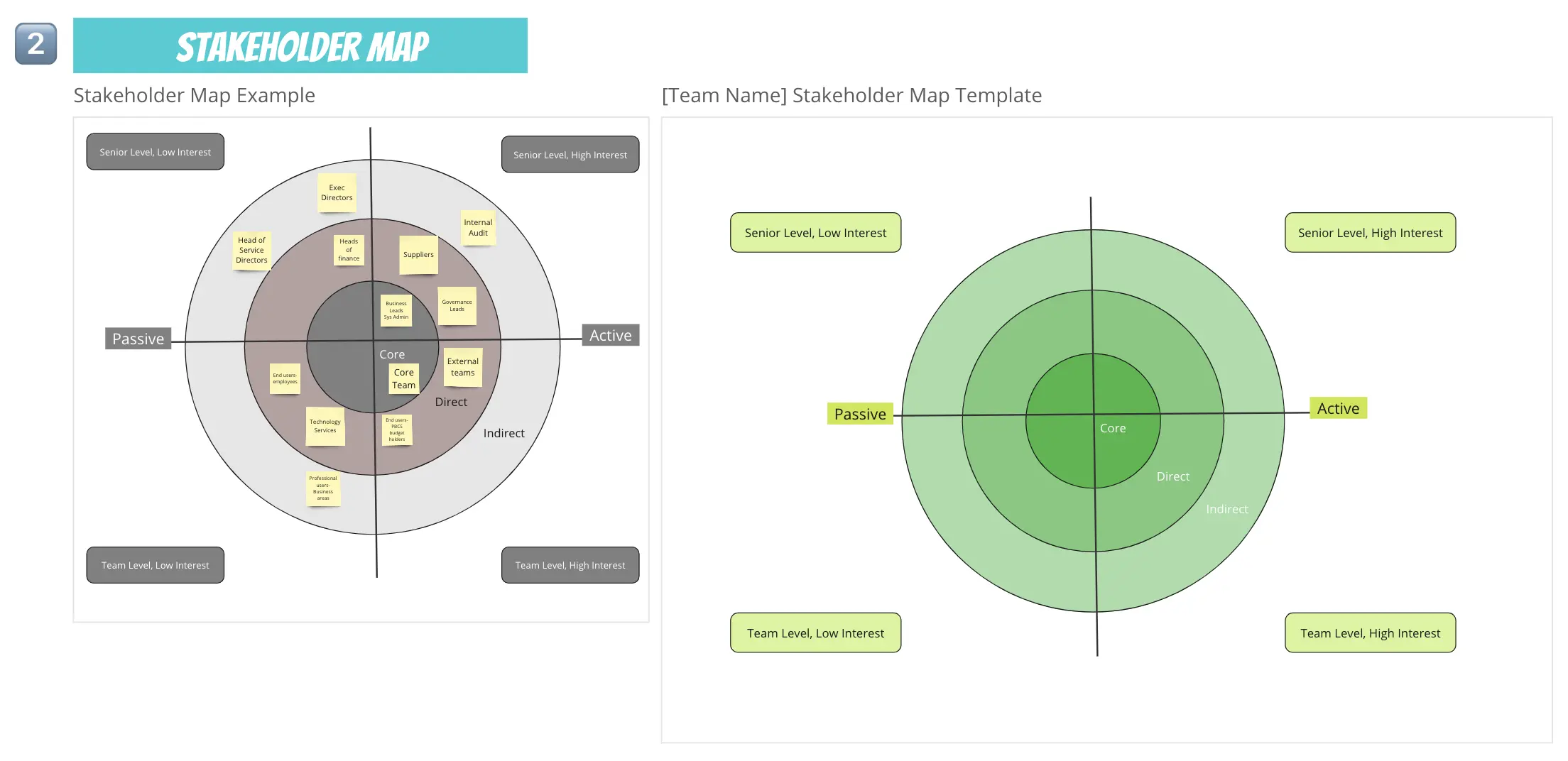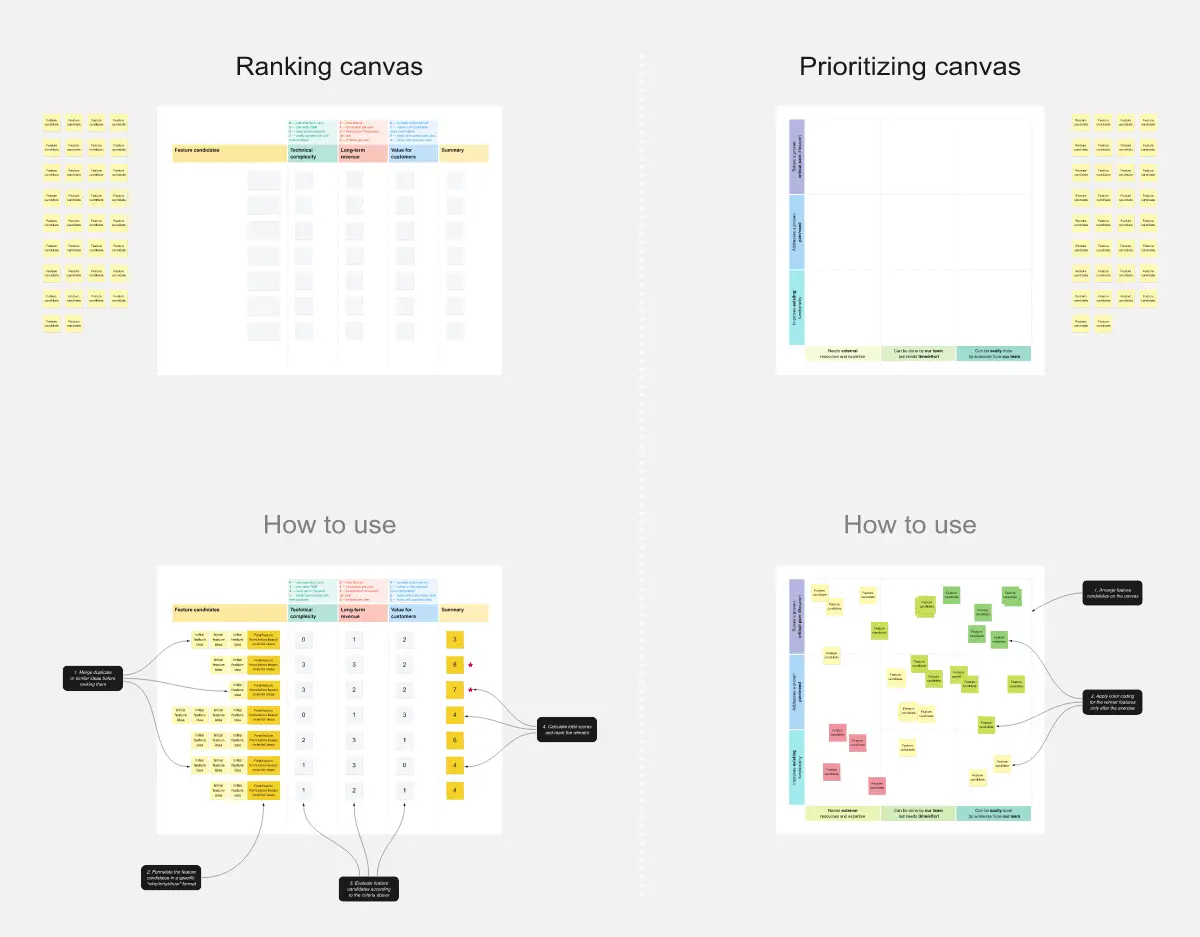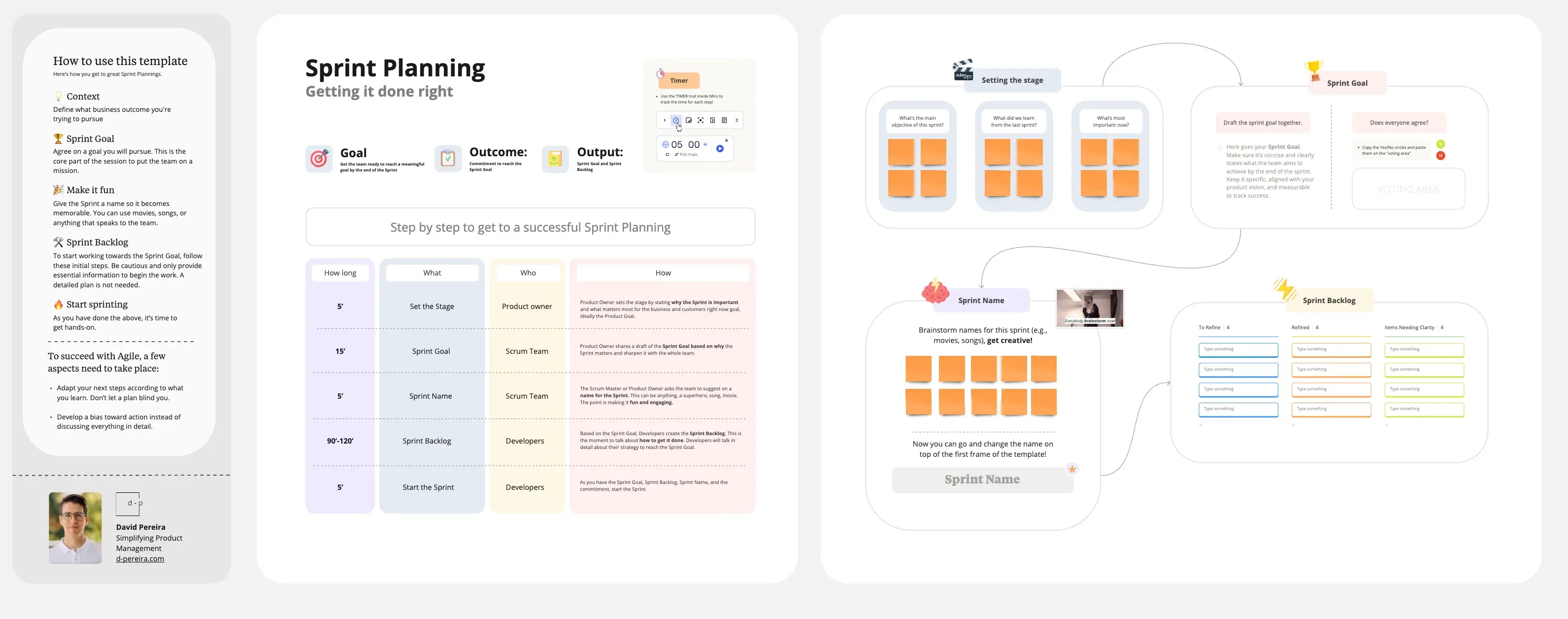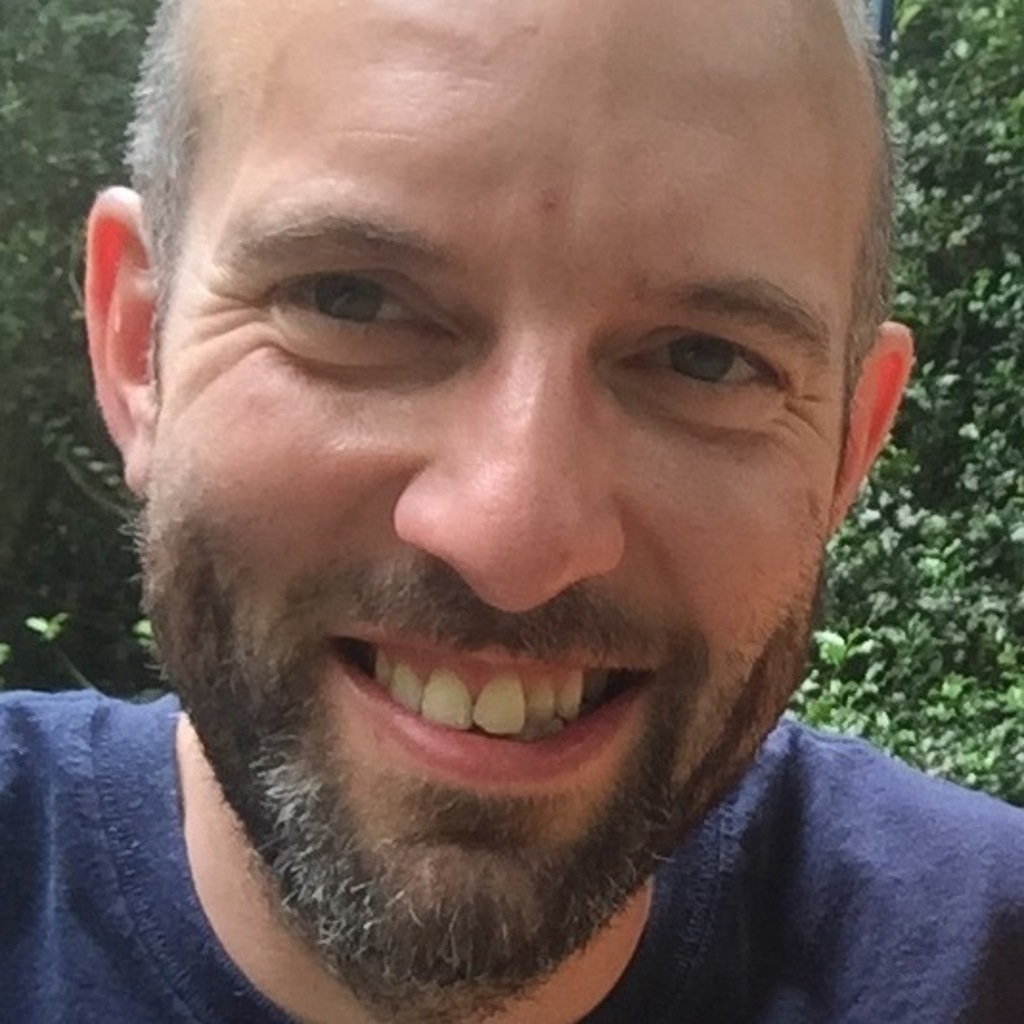The Ultimate OKR Co-Creation Framework
Unlock the power of effective OKR co-creation with The Ultimate OKR Co-Creation Framework for Product Teams—a battle-tested template designed to drive alignment, collaboration, and measurable success across your product organization. Used by some of the biggest global brands, this step-by-step guide enables Product Leaders, teams, and stakeholders to create OKRs that address real customer pain points, ensuring every objective is meaningful and impactful.
This template is crafted to help teams build OKRs with razor-sharp focus, providing clarity of purpose and energizing everyone involved in the process. Whether you’re a Product Manager looking to set clear priorities or an Agile Coach guiding cross-functional teams, this template delivers the tools you need to co-create OKRs that inspire, align, and deliver results.
Through this framework, you'll experience a transformational shift in how your teams set goals, measure outcomes, and align their work with customer value. With customer-centric objectives as the driving force, this approach fosters deep collaboration while encouraging creative ideation and measurable impact.
Here’s a summary of the 7 key steps of the framework that you’ll be guided through:
1. Set the Vision
Every great journey begins with a clear destination. In this step, you’ll guide your team in articulating the overarching vision that drives your product’s development. A strong, inspiring vision aligns everyone towards a common goal and creates the foundation for your OKRs. Using this template, you’ll be prompted to frame your product’s big-picture direction, ensuring that every team member understands where they’re headed and why.
Why it’s important:
Provides clarity and focus for the entire team.
Ensures all objectives align with long-term business goals.
Creates an inspiring context for day-to-day work.
2. Identify Who Benefits
Next, you’ll zoom in on the core of your product’s mission: the customer. Who are the key users and stakeholders that will benefit most from your product's evolution? In this step, the framework helps you define your target users or customers, focusing on the people your objectives will ultimately serve. The more specific and detailed your understanding of these people, the more customer-centric your OKRs will become.
Why it’s important:
Sharpens your focus on delivering real value to your customers.
Ensures the objectives resonate with the right stakeholders.
Fosters a sense of purpose across teams.
3. Identify Pain Points
What problems or challenges are your customers currently facing? In this step, the framework leads teams to identify specific pain points that need to be addressed. This is where the magic happens: defining the issues your product aims to solve not only creates meaningful OKRs but also ensures that you are always working towards solving real-world problems. Here, you’ll uncover what stands in the way of customer success and turn those insights into opportunities for value creation.
Why it’s important:
Creates customer-driven objectives that have a real impact.
Helps prioritize the most pressing problems to tackle.
Aligns the team’s efforts with solving tangible issues.
4. Create Objectives
Now comes the heart of the process: co-creating your objectives. This is a collaborative effort where Product Leads, teams, and stakeholders come together to create bold, meaningful objectives that focus on addressing the identified customer pain points. The template provides structured prompts to ensure your objectives are both aspirational and actionable, and importantly, that they align with the overarching vision.
Why it’s important:
Encourages team-wide collaboration and ownership of objectives.
Ensures objectives are aligned with both customer needs and business goals.
Creates a clear roadmap for success.
5. Identify Key Measures
Objectives are only meaningful if they can be measured. In this step, your team will identify the key results or metrics that will define success. What does achievement look like? How will you know when your objectives have been met? The framework guides you through identifying these key measures, ensuring they are specific, measurable, and aligned with the value you seek to deliver.
Why it’s important:
Ensures objectives are quantifiable and trackable.
Helps teams stay focused on outcomes rather than just output.
Provides a clear way to measure progress and success.
6. Ideate Initiatives
With objectives and key results in place, it’s time to ideate the initiatives that will help you achieve them. This step prompts the team to brainstorm creative, value-driven ideas to support the OKRs. What specific actions, projects, or features will drive the results you’re aiming for? The template provides a structured format for teams to collaborate on the best paths forward, fostering innovative thinking and ensuring alignment across departments.
Why it’s important:
Encourages innovation and creative problem-solving.
Links team actions directly to the success of the objectives.
Builds motivation and ownership across the team.
7. Agree and Align
The final step is about ensuring total alignment. Once the objectives, key results, and initiatives have been defined, the team and stakeholders come together to finalize and agree on the OKRs. This crucial step ensures everyone is aligned and committed to the objectives, creating a unified approach to achieving success. It also offers a chance for final adjustments and fine-tuning.
Why it’s important:
Ensures full alignment and buy-in from all stakeholders.
Fosters commitment and accountability across teams.
Sets the stage for a smooth execution phase.
Why Use This Framework?
This OKR co-creation framework isn’t just another tool—it’s a transformational process that empowers product teams to focus on what matters most: solving customer pain points and delivering value. By following these 7 simple but effective steps, teams can set ambitious, customer-centric objectives that are both motivating and measurable.
Whether you’re leading a small team or a large cross-functional group, this template will help you co-create OKRs that energize your workforce, build collaboration, and align everyone towards shared success.
Categories
Similar templates





